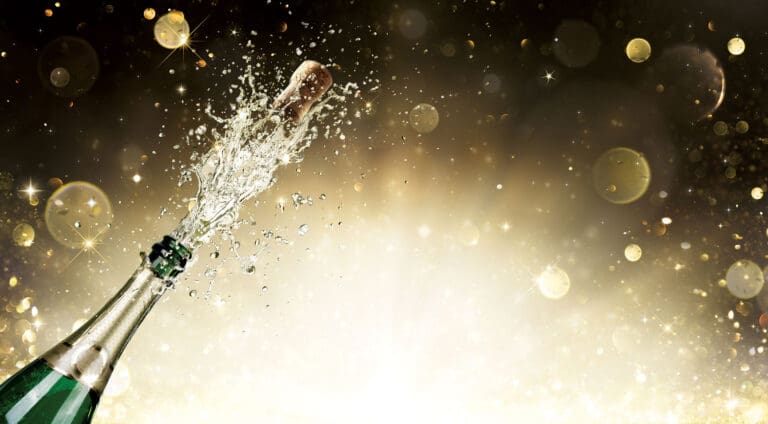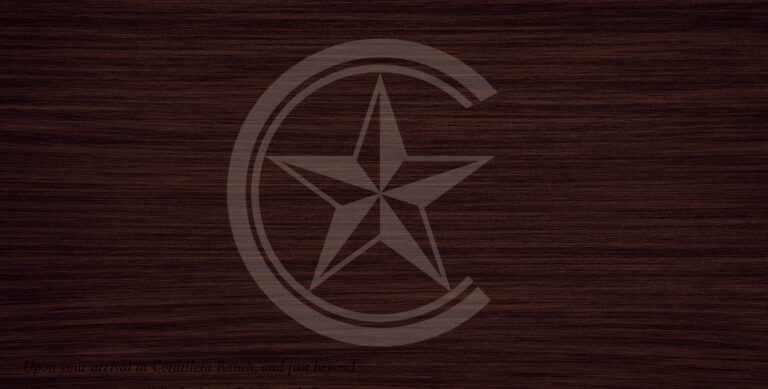By:
Jeffrey Cohen, Wine Specialist
As we ring in 2022, let us all give thanks for being here and saying goodbye to another challenging year, 2021.
This edition will speak on Sparkling Wine and Champagne. I always remind staff and friends that Champagne is a place in France, that happens to produce incredible Sparkling Wines. The great thing about Sparkling Wines in general is they are the most versatile in pairing with foods. I can’t think of a single item that you can’t pair with Sparkling Wine. The bubbles just do their thing. I use this regularly: “If you can pair eggs and toast with Bubbles, then anything will pair well!”
This whole year I have heard about the shortages that were coming our way, due to horrible crops over the 2021 vintage in Champagne. After doing my research, it is true that in early April there were devastating frosts causing damage to many of the country’s vineyards. September 6 marked the opening of “Champagne season.” The Compté Champagne — the appellations’ official trade association — announced that as much as 60% of the region’s yield might have been already lost due to the bad weather conditions.
Specifically, the Compté Champagne says that 12 days of frost in early April cut yields by 30% and were followed by persistent rains that probably claimed another 25%-30%. Making matters worse, the region was also hit by a few hailstorms damaging over 1,200 acres.
So, let’s backtrack to the beginning. What exactly is Sparkling Wine? All Champagne is Sparkling Wine but not all Sparkling Wine is Champagne. I think we have that covered. In the traditional method, also known as Méthode Traditionnelle or Méthode Champenoise, there are three grapes allowed to be in Champagne: Chardonnay, Pinot Noir and Pinot Meunier. The wine grapes are picked, pressed and fermented, then bottled. Secondly, after some period, an additional bit of yeast and sugar are added back into the bottles and then corked and clamped. This second fermentation will take place in the bottle. This is the mistake that the monk, Dom Pérignon, stumbled across.
Champagne is one of the finest gifts you can give someone, which is why it’s such a popular present for almost any special occasion. It’s also the drink of choice for saying cheers! Or congratulations!
However, there is one question that people often ask: How long does Champagne last? You may be tempted to think it’s like fine wine, which can last for many decades, but Champagne usually has a shorter shelf life. Because of this, it is important to know when it’s best to enjoy your Champagne so it doesn’t go bad.
Champagne will last longer if it remains unopened. If you’re planning on saving a nice bottle of bubbly for a special occasion, your best bet is to leave it as it is and make sure that you store it in the right way.
Unopened Champagne will last three to four years if it is non-vintage; five to ten years if it is a vintage. Some vintages are designed to be aged in the bottle for years before being opened so they may last much longer than the times stated above.
Vintage Champagnes tend to age better because winemakers can grow a harvest of grapes in a single year with quality aging in mind, which is more difficult to do with those from multi-year harvests. Many of the best Champagne labels, such as Moët & Chandon, Veuve Clicquot, Dom Ruinart, Dom Pérignon, Bollinger, Taittinger and Louis Roederer, have vintages that are specifically made to age nicely. Some of their vintages aren’t even considered to be at their peak until they have been stored for a few years, when they will lose some of their carbonation but gain nutty, fruity and toasted flavors.
It is also worth considering what size bottle is best for aging. Many experts still agree that the standard 750ml. bottles are very good for storing a vintage. Magnums, or 1.5l. bottles, are regarded as the best size for unlocking the best flavor possible. It is said that the larger glass surface area of a magnum allows more contact between the yeast on the inside of the bottle and the wine itself, creating more fizz. In short, you may find it better to invest in a bigger size if you plan on letting your Champagne age for a few years.
I will end by wishing everybody a Happy and Healthy New Year! It is truly my pleasure serving you. Please continue to open your emails because we have an incredible year of programming heading your way.
Let the celebrations continue!
Jeff
Jeffrey Cohen is the Wine Specialist at The Clubs of Cordillera Ranch. He can be reached at jcohen@cordilleraranch.com.






